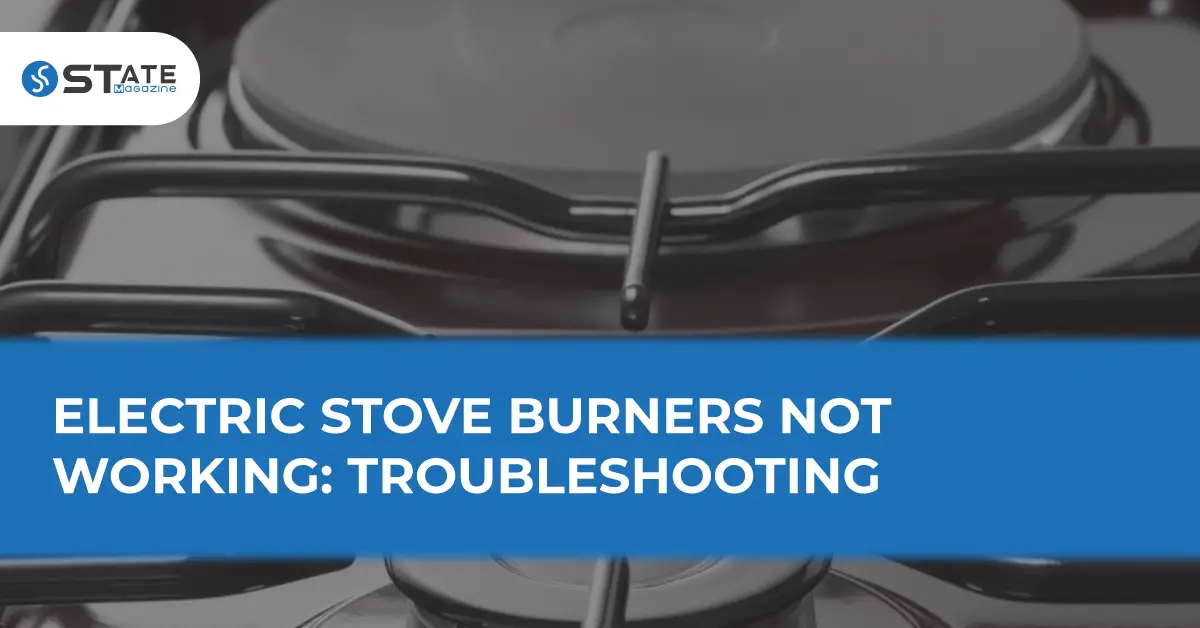The issue of electric stove burners not working might often be related to the power supply as they rely on electrical resistance to heat the burners. They function just like electric heaters but draw more power than a heater. The electric stove should be connected to a power supply of 240V. During the electric stove troubleshooting, the problem is often traced to the burner, the burner switch, or the burner receptacle. You can troubleshoot this easily by identifying whether all your burners do not work or just one burner that is out of function.
What to Test When All Your Burners Don’t Work?
Contents
Although the electric cooktop has each burner as a separate entity, the malfunction of certain parts will affect all the burners. So, if all burners are not functioning, it usually indicates an overall electrical malfunction. You can identify the cause by the following inspections.
1. Inspect the Power Source
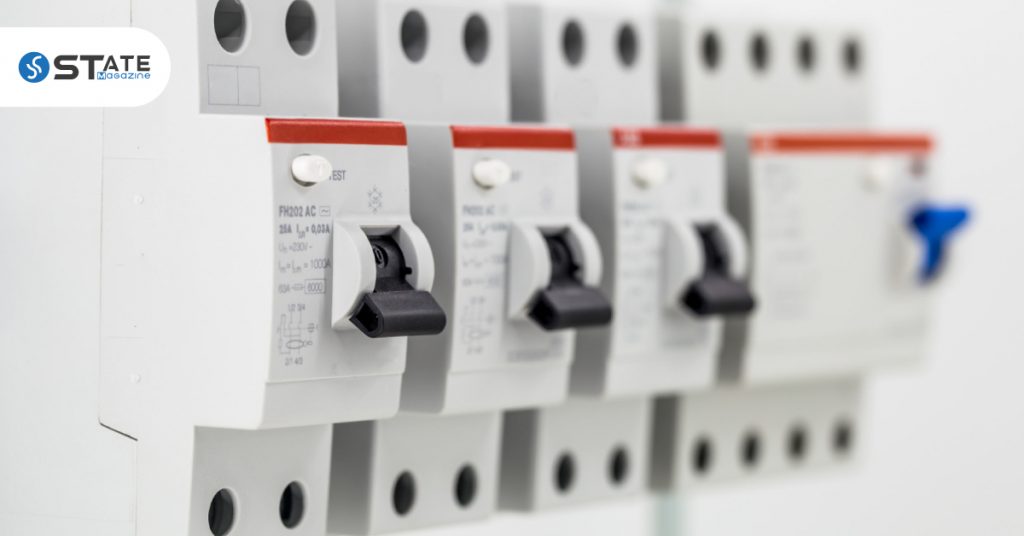
If all your burners are out of order, the first thing to check is the electrical power supply. Some cooktops are to be plugged into power outlets in the wall, while others are hardwired to your house’s circuit breaker. You can troubleshoot depending on the situation that applies to you.
- Power comes through two “legs,” each with a voltage of 120V relative to the ground. This implies that the voltage between them is 240 volts. Each burner has a thermostat switch that contains a heat-sensitive contact. The switch regulates the temperature as the contact cyclically connects and disconnects one of the legs to cut power to the burner. When the contact is closed, a power of 240V flows to the burner receptacle or the block. Then the current flows through the metal burner element, which gets heated up due to the electrical resistance of the metal. If your power outlet does not support the relevant voltage, then this mechanism would not function. Hence, your electric stove would not light up even though it is plugged in.
- If your stove plugs into an outlet, make sure that the stove is plugged into the power outlet. Sometimes it may be unplugged, or the plug might have come loose. If you find no issues with the plug, you should next test the outlet. Check whether there is an electrical current available in the outlet using a tester. If there is no current in the socket, the outlet should be repaired, and there might be no issue with your stove.
- If the electric cooktop is hardwired to the circuit breaker, start by checking the circuit breaker. Make sure the circuit breaker to your stove is switched on and check whether there are any blown fuses. If the fuse has blown out, you should find the cause for it before replacing it, as it might be a sign of a faulty circuit.
2. Inspect the Power Cord
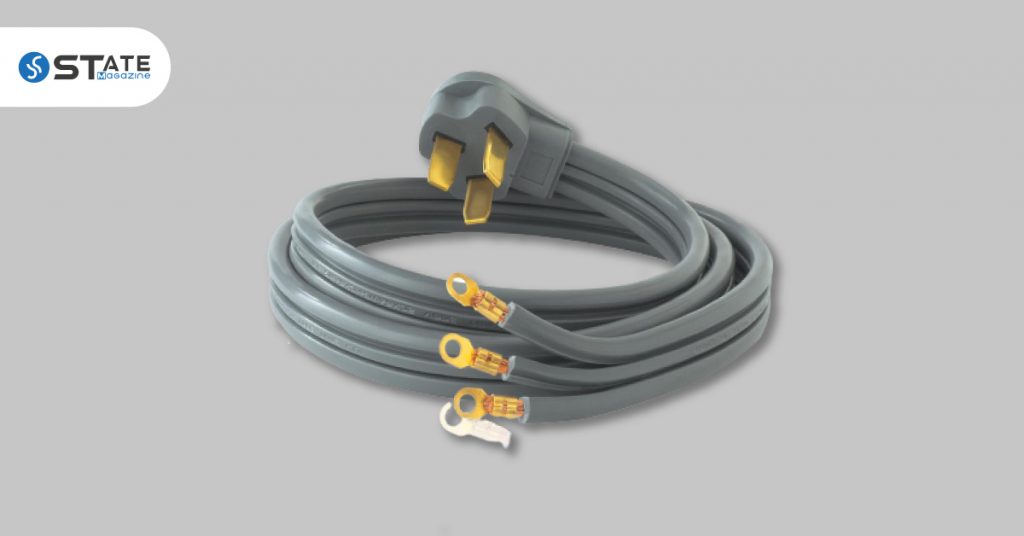
Another reason for your electric stove burners not working might be a fault in the power cord that connects the stovetop. The power cord should be tested for continuity, and also, the connections to the terminal block inside the electric cooktop should be checked carefully.
- Turn off the power supply to the stove before testing any wire cords or terminals.
- The power cord runs from the appliance to the terminal block, and you can inspect for any physical defects. Find if there are any loose connections or damages on the wires that might damage the function.
- Check the cord using a multimeter as a whole and then test each connection at the terminal to find possible faults.
What to Test When One Burner Doesn’t Work?
Another concern in electric stove troubleshooting is when only one burner is out of order while the others function. This might be due to an issue with the cooktop rather than an external electrical issue. So your electric stove would most likely need a repair, unlike when all burners stopped.
1. Inspect the Heating Element
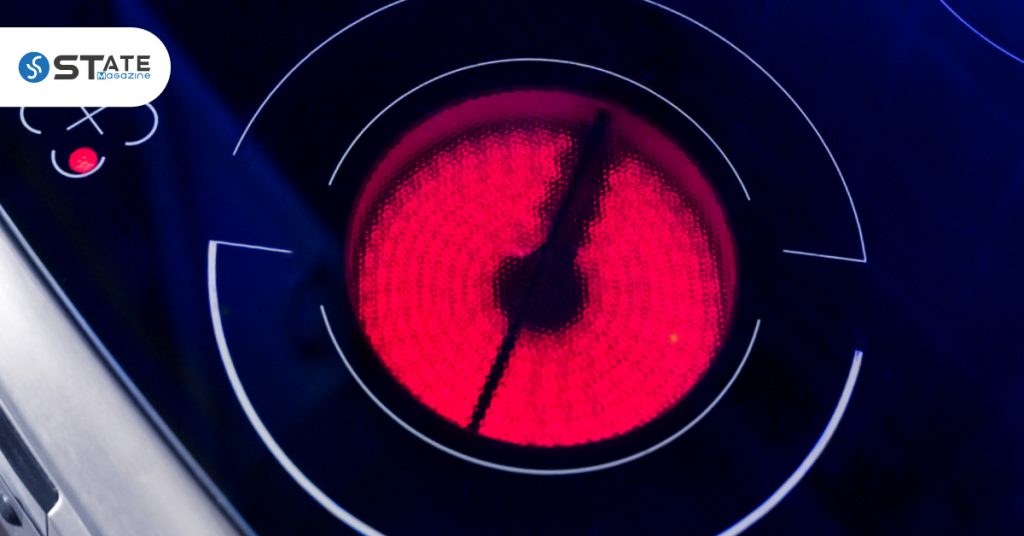
The first step should be to check the heating element of the burner. Each burner has a heating element and separate connections to the stove. Make sure the element is positioned properly and that the coils are plugged into the connector. The element will not function if this connection is loose. Likewise, you will have to replace the heating coil if the connectors at the end are bent or damaged. If there are no visible issues, check the continuity of the connectors using a multimeter.
If there are no issues detected in the heating coil, test the terminal into which the connections are plugged. Check the terminals with a multimeter, and if there is no continuity, then the terminal would have to be replaced.
2. Replace the Burner Switch
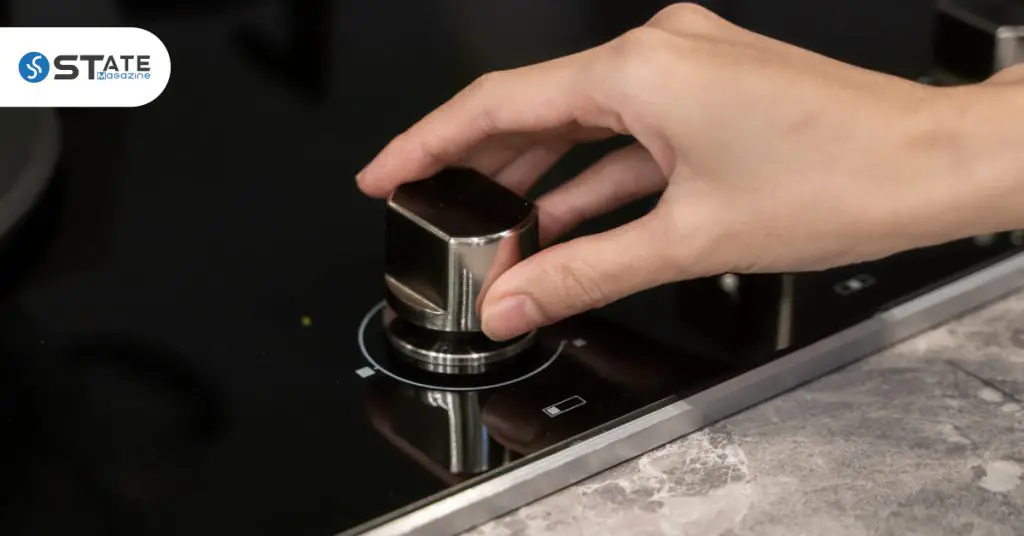
Each burner has a separate burner control switch that controls the flow of electricity. If this switch is faulty, no electricity would be conducted to the coils, and you would find the electric stove burners and oven not working. A defective switch also causes the burner to function only in a high setting as it gets very high electricity to the element.
Unplug the cooktop from the outlet or shut off the electricity from the circuit breaker before testing the burner control switch. You can locate this switch behind the control knob, and the way to reach it would vary on the model of the burner. Refer to the user manual to find how to disassemble and reach each part.
Trace the wires from the faulty burner to the burner control switch and test it for continuity. Although there might be no visible damages, switches can get worn out after years of use. To replace the switch, disconnect the wires from the old switch and connect them to the new switch.
What To Do When Your Electric Stove Burner Won’t Heat ?
Electric stove burners not working would also lead to your electric stove not heating. Before calling your technician for repair, you can investigate the cause of the problem. Knowing how the burners and sockets work would also help you figure out the defect’s cause. Few basic adjustments indicated below can fix this issue.
1. Remove and Re-install the Burner
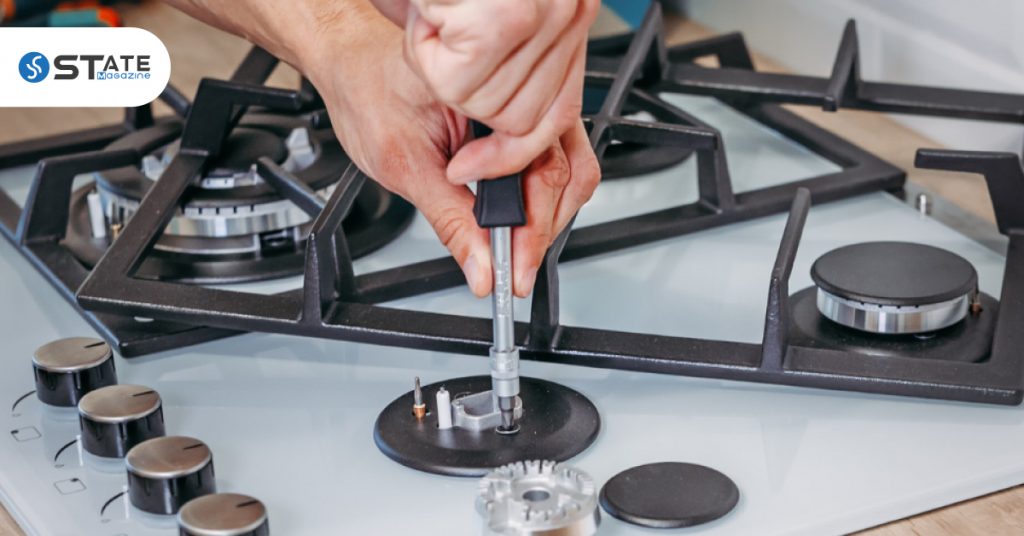
To easiest way to try fixing it is to remove the burner out of the socket, align its terminals and fix it back into the socket. This is because most burners might have loose connections similar to other power plugs. This would lead to non-connectivity, which might not be visible at a glance. So this re-fixing might have secured the connection if there was any connection issue between the socket and burner terminals. Finally, switch on the burner and test whether your problem was solved, and the coil warms up.
2. Clean the Burner and Socket
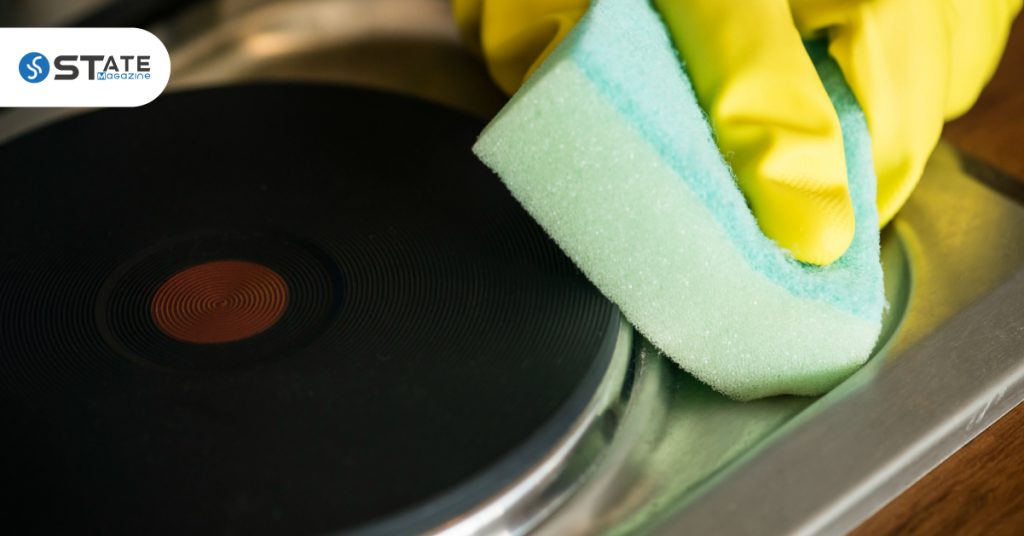
If the previous solution did not fix your issue, you should try cleaning the burner as they get dripped with food and accumulates debris all over the coils and even on terminals. So if the terminals get coated with such residues, it would not be able to make a secure electrical connection to the socket. So your burner would neither heat nor turn on.
So pull the burner and clean it thoroughly by scrubbing. Be more attentive about the terminals and the burner socket. Clean them carefully, dry the burner and socket and then firmly fix them back. Turn on the stove and check whether the issue is solved.
3. Clean the Switch
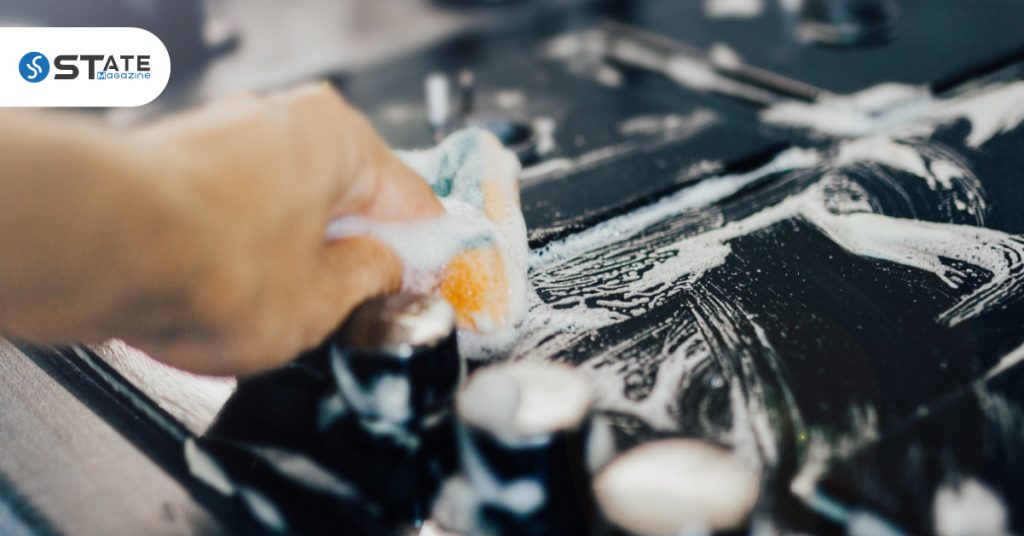
The heat-sensitive contact inside the switch would also get covered with carbon deposits. In this situation, it would either make contact and not disconnect properly or never connect. This results in the inability to control the temperature, and your burner might not heat up enough. If you doubt the function of the switch, you can test the continuity across its terminals and confirm it. It would be best if you first unplugged the stove from power before you carry out this test.
4. Widen the Burner Terminals
If your burner terminals feel loose at the socket, it might be due to having too much space on either side of the terminal. This is caused when the terminals are slightly bent forward, leading to a loose connection. The solution is to pull the two terminals slightly apart from each other and push them back together. This makes the terminals fit tighter as they take up the proper amount of space inside the socket.
5. Change the Socket
Another thing that you can try with electric stove burners and oven not working is to swap the connection into another socket. As you have no clear idea whether the fault is in the burner or the socket, you can determine it by this method. Fit the original burner to a new socket and turn it on. If your problem is solved and the iron gets heated, the issue might have been with the socket. But if the burner doesn’t glow, then you would have to replace the burner instead.
6. Try a New Burner with the Same Socket
You can test the socket by plugging a spare burner into it. Then, switch on the power, and if it gets heated up, then there might be a problem with the burner or the socket’s connection.
If the burner does not glow, then the socket is defective, and sometimes the burner might not work in a specific socket. If both burners work swapped, it might be because the burner and socket no longer work together due to loose and improper connections.
7. Replace the Burner
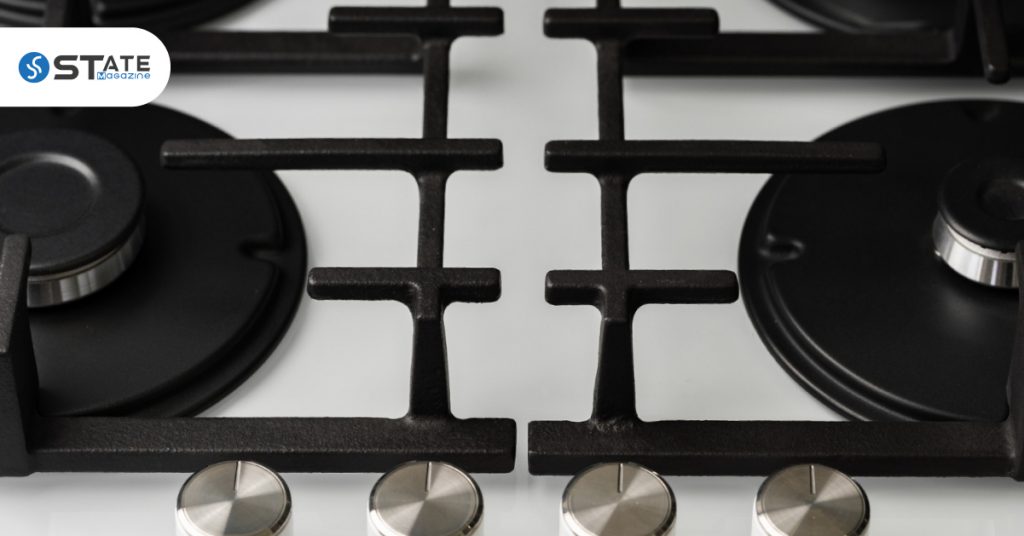
If you find out that the problem is with a burner in the electric stove troubleshooting, you need to replace it with a new burner. This is the easiest component to replace, although ordering the correct replacement burner might be challenging. First, get the correct diameter of your burner and find the right model of your stove. Then, fix the new burner you purchased and try operating the heater. If it heats up, then your problem is solved successfully.
8. Replace the Burner Socket
If you find the electric stove burners not working, you can try replacing the burner sockets. If none of your burners worked in this socket but worked in other sockets, then you can confirm that this specific socket is faulty. This replacement may not be difficult, but you need to follow more precautionary repair procedures than when replacing the burner. You can order the correct replacement socket and get the help of a repair technician. You can also repair it yourself by following an online DIY guide. However, be careful to turn off the power supply from your main circuit board before you engage in any activity related to electrical components.
Frequently Asked Questions
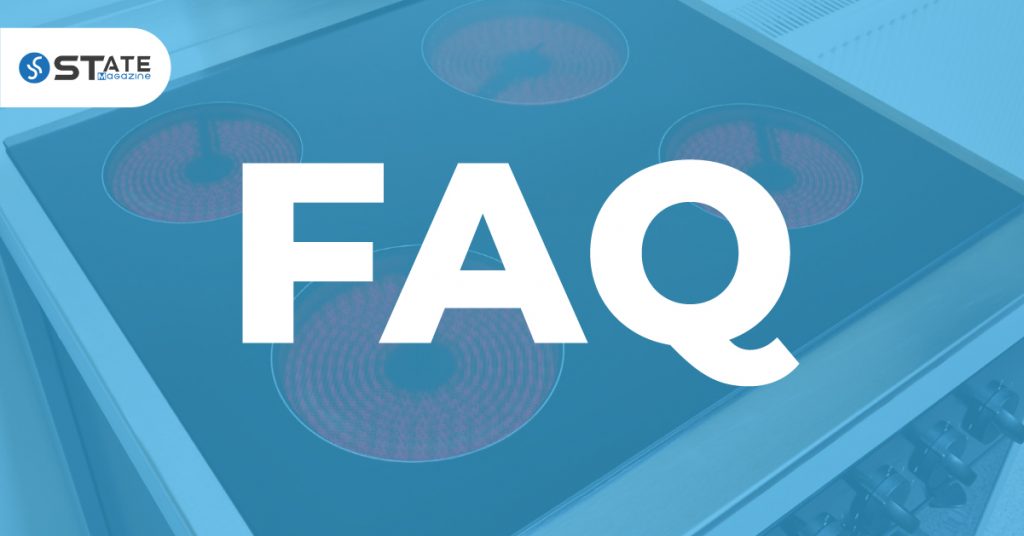
How much does it cost to fix an electric stove burner?
The average cost for any repair would range from $50 to $200.
Are electric stove burners interchangeable?
Yes, most stovetops are interchangeable, even though they come in various burner configurations and styles.
How often should you replace stove burners?
Electric stoves can generally last up to 13 years, according to the National Association of Home Builders (NAHB). The gas stoves would last a couple of years longer than electric stoves. Your stove needs to be replaced when it stops heating up evenly as you would have difficulty cooking.
Do stove elements burn out?
Stove elements can burn out due to the hot temperatures inside the oven cavity. Also, as they can get degraded over time, the coil might have trouble enduring the high temperatures.
Conclusion
The electric cooktop is a reliable method to cook food but might have issues when working for some time. The tips indicated above are handy in electric stove troubleshooting at home. Always make sure to ensure your safety when dealing with electrical appliances. Turn off the power before you troubleshoot or inspect any component. If you have difficulty understanding these issues, you should get help from a technician to handle the issues.
You would also find similar situations where you face malfunctions and breakdowns in your household appliances. You might also find it helpful to know how to fix when your Maytag Dishwasher Won’t Start and how to troubleshoot a Samsung Oven Not Heating.

